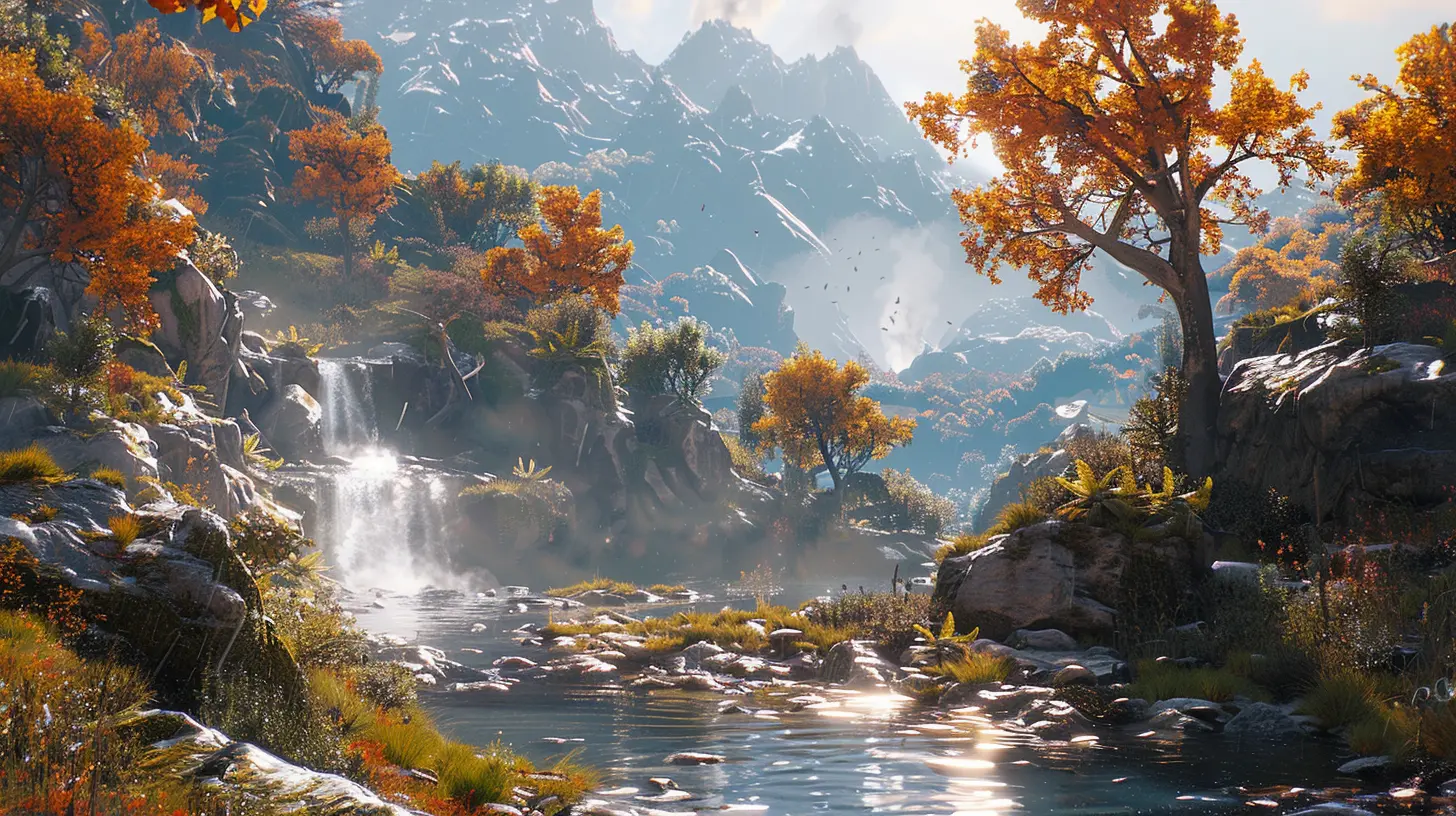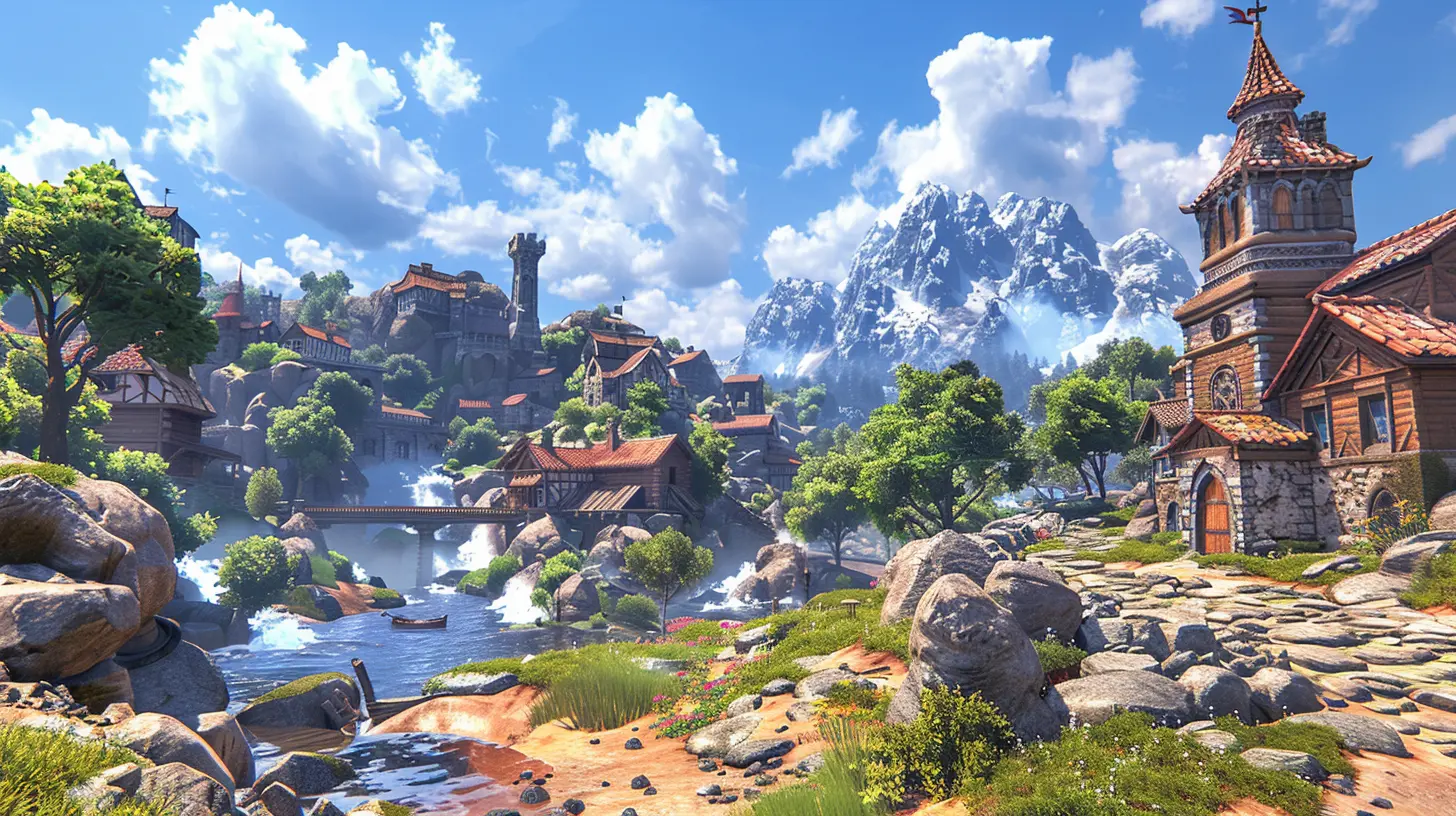18 April 2025
If you've ever been excited about a video game in its early access phase, you probably know the thrill of diving into something unfinished. It's like getting to taste the cookie dough before it’s fully baked. Sure, it’s not perfect yet, but there’s something oddly satisfying about watching it transform into something truly incredible. One of the most fascinating parts of this journey? How graphics and performance evolve during early access phases.
In this article, let's break it down together, step by step. Why do graphics and performance start off clunky and rough? How do developers refine them over time? And why should you care as a gamer? Put on your gaming headset (or grab a comfy seat), and let’s chat!
What Exactly Is Early Access?
Alright, before we dive into the nitty-gritty, let’s make sure we’re on the same page about early access. Think of it as a trial run for a game still in development. Developers release a playable version to the public—usually at a discounted price—so they can get feedback, squash bugs, and tweak anything that doesn’t sit right with players.It’s a win-win, really. Gamers get to play the game before its official release, and developers get real-world input instead of just relying on internal testing. But here’s the catch: early access games are often rough around the edges. Glitches, frame drops, and visuals that look like they belong on a PlayStation 2? Yeah, that’s par for the course.
Why Graphics and Performance Start Off… Well, Rough
When a game enters early access, it’s not exactly in its final form. Most of the time, developers are more focused on getting the core gameplay right rather than perfecting how it looks. Think of it like building a house: you prioritize the foundation and walls before worrying about the paint color.The Priority Is Function, Not Polish
Developing a game is no joke. It takes time, talent, and an insane amount of resources. When starting out, developers often focus on mechanics, level design, and gameplay loops. Why? Because no one’s going to stick around for stunning graphics if the game itself feels clunky and unplayable.Graphics and performance tend to take a backseat in the early stages. Most developers use placeholders—basic models, textures, and animations—just to keep the ball rolling. It's like writing a rough draft: you don’t worry about grammar and punctuation until you’ve got the main ideas down.
Limited Budgets and Small Teams
Let’s not forget that a lot of early access games are made by indie developers. These folks usually don’t have the kind of budget or manpower that big AAA studios have. They’re juggling a hundred tasks at once, and while they’d love to give you jaw-dropping visuals from day one, there’s only so much they can do with the time and money they’ve got.
The Role of Player Feedback in Graphics and Performance Tweaks
Here’s the cool part about early access: the players become co-developers, in a way. Your feedback isn’t just for show—it’s actually used to improve the game. And when it comes to graphics and performance, your opinions matter more than you might think.Spotting Bugs and Glitches
Ever reported a bug in an early access game? If so, good on you! Developers rely on players to catch visual glitches, broken animations, or texture pop-ins that they might have missed. Think of it as crowd-sourcing quality control.Understanding Player Preferences
Graphics are subjective, right? What looks amazing to one person might seem “meh” to someone else. By listening to their community, developers can gauge what kind of visual style resonates best with their audience. Maybe players want a brighter color palette or more detailed character models. Your feedback helps shape those decisions.
The Evolution of Graphics During Early Access
Now, let’s talk about the glow-up. One of the most satisfying parts of following an early access game is seeing how its visuals improve over time. It’s like watching a makeover montage in a rom-com—except instead of a character trying on outfits, it’s a game upgrading its shaders and textures.From Placeholders to Better Models
In the beginning stages, developers often use placeholder assets—basic, low-detail objects—to save time. But as the game progresses, these placeholders start getting replaced with high-quality models and textures. Suddenly, that blocky tree turns into a lush masterpiece, and those stick-figure NPCs look like they belong in a Pixar movie.Improved Lighting and Shading
Lighting can make or break a game’s atmosphere. Many early access games start with basic lighting setups, but as development continues, you’ll notice things like dynamic shadows, realistic reflections, and more nuanced shading. It's like swapping out fluorescent bulbs for warm, ambient lighting—it changes everything.Optimization for Performance
Of course, what’s the point of great graphics if your game runs like a slideshow? Performance optimization often goes hand-in-hand with visual upgrades. Developers fine-tune things like texture streaming, particle effects, and LOD (level of detail) systems to make sure the game doesn’t tank your FPS (frames per second).Performance: From Clunky To Smooth
Let’s face it, nothing kills the thrill of gaming faster than lag. In early access stages, performance issues are super common. But over time, developers work hard to iron out the kinks. Let’s break this down into some of the key areas they target.Frame Rate Stability
When a game first launches in early access, you might see frame rates that bounce around like a toddler on a sugar rush. By optimizing code and implementing smarter rendering techniques, developers can smooth those out, delivering a more consistent experience.Reducing Load Times
Long load screens can break immersion faster than an unexpected phone call. Early access games often suffer from this, but as developers optimize assets and implement better compression techniques, load times tend to improve significantly.Fixing Memory Leaks and Crashes
If you’ve ever dealt with a game crashing mid-session, you know the rage. Early access titles often have memory leaks or inefficient resource handling, which can cause crashes. Developers rely heavily on player feedback to identify and patch these performance killers.Why Patience is Key During Early Access
Here’s the deal: early access isn’t for everyone. If you’re the type who wants a polished, bug-free experience, it might not be your cup of tea. But if you love being part of the creative process and watching a game evolve, early access can be incredibly rewarding.Think of it like cheering for your favorite sports team during practice. Sure, they’re not playing a perfect game yet, but you’re there for the journey—and when they finally get it right, it feels that much sweeter.
Final Thoughts
Graphics and performance in early access are a work in progress, but that’s what makes it so exciting. It’s not about instant gratification—it’s about being part of the process, seeing how far the game has come, and knowing that your feedback played a role in its evolution. Whether it’s sharper visuals, smoother gameplay, or faster load times, the improvements made during early access are a testament to the collaborative efforts between developers and players.So, the next time you fire up an early access game and notice a janky texture or a laggy moment, don’t sweat it. It’s all part of the journey. Who knows? That dodgy frame rate might just turn into a buttery-smooth 60 FPS masterpiece by the time the game officially launches.




Bryce Roberson
Great insights! It’s fascinating to see how early access shapes game graphics and performance. Excited to witness these developments unfold!
April 18, 2025 at 4:25 AM